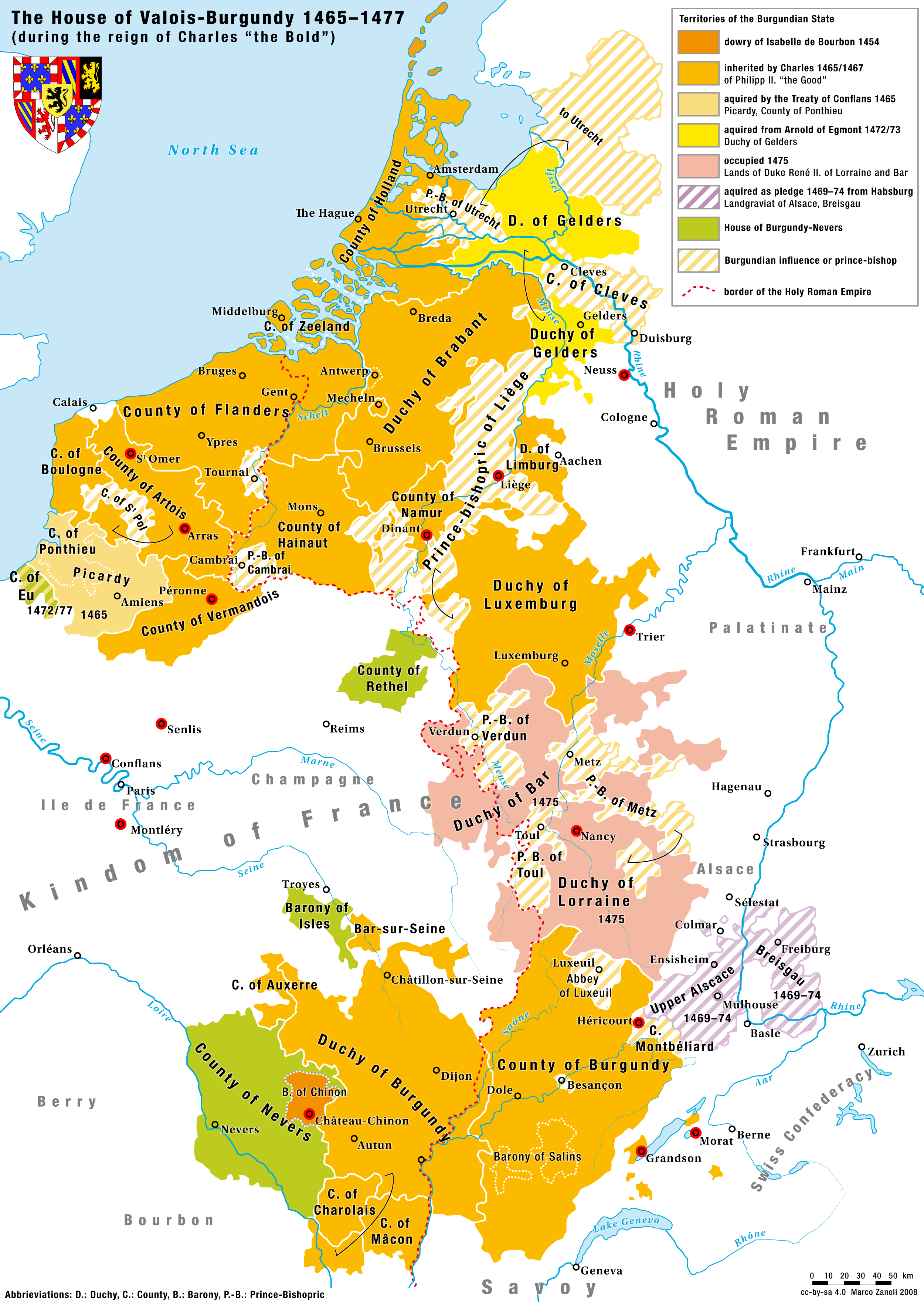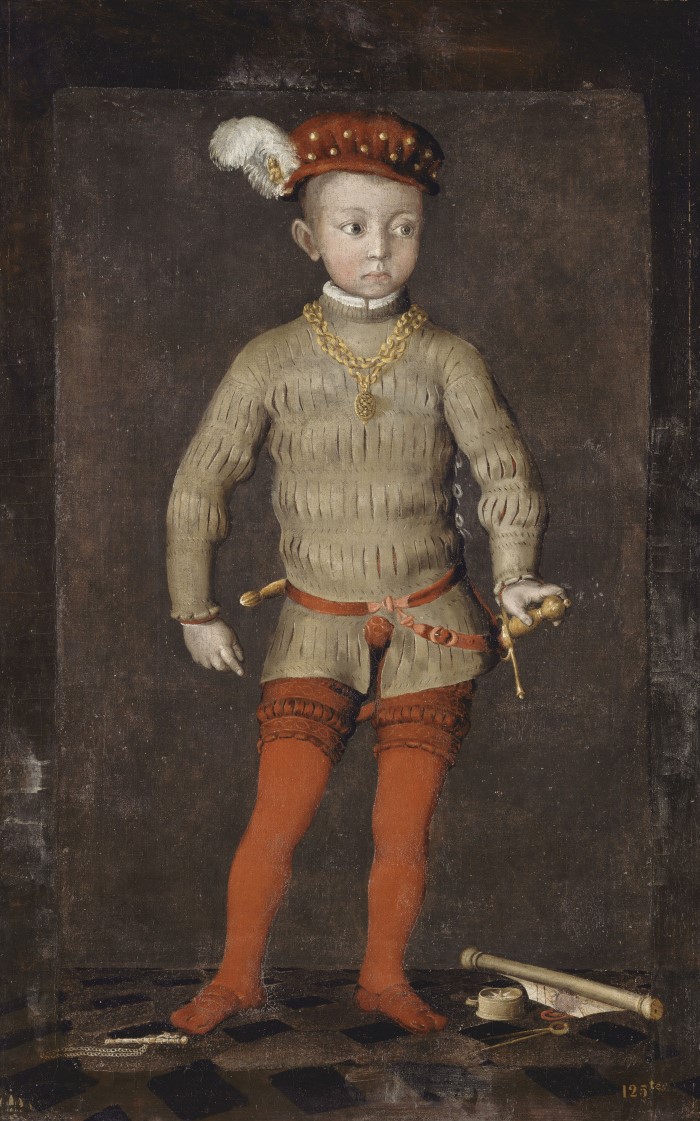|
Montlhéry
Montlhéry () is a Communes of France, commune in the Essonne Departments of France, department in Île-de-France in northern France. It is located from Paris. History Montlhéry lay on the strategically important road from Paris to Orléans. Under the Merovingians, it was owned by the church in Reims and in 768 it was given to the abbey of St. Denis in Paris. It was the site of a number of battles between the lords of Montlhéry and the early House of Capet, Capetian monarchy. The Montlhéry noble house was related to the Montmorency family; Thibaud, the founder of the Montlhéry dynasty, was the brother of Bouchard II, the progenitor of the Montmorency house. Thibaud ruled from 970 to 1031 and was succeeded by his son Guy I of Montlhéry, Guy I, who ruled until 1095. Guy I's children married into other local noble families: his daughter Melisende married Hugh, count of Rethel, and another daughter Elizabeth married Joscelin of Courtenay. Through these marriages and subsequent ... [...More Info...] [...Related Items...] OR: [Wikipedia] [Google] [Baidu] |
Guy I Of Montlhéry
Guy I (died 1095) was the second lord of Bray-sur-Seine, Bray and the second lord of Montlhéry (Latin: ''Monte Leterico''). He was the son of Milo of Montlhéry. He married Hodierna of Gometz, sister of William, lord of Gometz-le-Châtel, Gometz. They had: *Milo I of Montlhéry, Milo I the Great, (also called Milon I) lord of Montlhéry, married Lithuaise, Vicomtesse of Troyes *Melisende of Montlhéry (d. 1097), married Hugh I, Count of Rethel. Mother of Baldwin II of Jerusalem. *Elizabeth (Isabel) of Montlhéry, married Joscelin I, Lord of Courtenay, Joscelin, Courtenay family, lord of Courtenay. Mother of Joscelin I, Count of Edessa *Guy II of Rochefort, Guy II the Red (d. 1108), lord of Rochefort-en-Yvelines, Rochefort *Beatrice of Rochefort (1069–1117), married Anseau of Garlande *Hodierna of Montlhéry, married Walter of Saint-Valéry, Walter of Saint-Valery *Alice of Montlhéry (also called Adele or Alix) (1040–1097), married Hugh I of Le Puiset, Hugh I, lord of ... [...More Info...] [...Related Items...] OR: [Wikipedia] [Google] [Baidu] |
Battle Of Montlhéry
The Battle of Montlhéry was fought between Louis XI and the League of the Public Weal on 16 July 1465 in the vicinity of Longpont-sur-Orge. It had no clear winner and therefore did not decide the war. Insurgency of the Vassal countries Philip the Good had supported and even hosted Louis XI during his dispute with his father Charles VII. Still, or possibly even because he knew him that well after having lived for four years at his court, Louis XI resented the ambitions of Philip, who relentlessly expanded his duchy and behaved like a king in his own right. Louis XI had already been King of France for four years when Philip the Good, henceforth represented by his son Charles the Bold, Count of Charolais, allied with John II, Duke of Bourbon and Francis II, Duke of Brittany. Together, they assembled an army that was considered strong enough to extort independence from Louis XI. Preliminary skirmishes Louis XI was backed up by Gaston IV, Count of Foix, the big cities, and all p ... [...More Info...] [...Related Items...] OR: [Wikipedia] [Google] [Baidu] |
Charles I, Duke Of Burgundy
Charles Martin (10 November 1433 – 5 January 1477), called the Bold, was the last duke of Burgundy from the House of Valois-Burgundy, ruling from 1467 to 1477. He was the only surviving legitimate son of Philip the Good and his third wife, Isabella of Portugal. As heir and as ruler, Charles vied for power and influence with rivals such as his overlord, King Louis XI of France. In 1465 Charles led a successful revolt of Louis's vassals in the War of the Public Weal. After becoming the Duke of Burgundy in 1467, Charles pursued his ambitions for a kingdom, independent from France, that would stretch contiguously from the North Sea in the north to the borders of Savoy in the south. For this purpose, he acquired Guelders and Upper Alsace; sought the title King of the Romans; and gradually became an enemy of the Germans. Charles married Margaret of York for an English alliance. He arranged the betrothal between his sole child, Mary, with Maximilian of Austria. A passionate music ... [...More Info...] [...Related Items...] OR: [Wikipedia] [Google] [Baidu] |
Essonne
Essonne () is a department in the southern part of the Île-de-France region in Northern France. It is named after the river Essonne. In 2019, it had a population of 1,301,659, across 194 communes.Populations légales 2019: 91 Essonne INSEE Essonne was formed on 1 January 1968, when Seine-et-Oise was split into smaller departments. Its is Évry-Courcouronnes. Its [...More Info...] [...Related Items...] OR: [Wikipedia] [Google] [Baidu] |
Louis XI Of France
Louis XI (3 July 1423 – 30 August 1483), called "Louis the Prudent" (), was King of France from 1461 to 1483. He succeeded his father, Charles VII. Louis entered into open rebellion against his father in a short-lived revolt known as the Praguerie in 1440. The king forgave his rebellious vassals, including Louis, to whom he entrusted the management of the Dauphiné, then a province in southeastern France. Louis's ceaseless intrigues, however, led his father to banish him from court. From the Dauphiné, Louis led his own political establishment and married Charlotte of Savoy, daughter of Louis, Duke of Savoy, against the will of his father. Charles VII sent an army to compel his son to his will, but Louis fled to Burgundy, where he was hosted by Philip the Good, the Duke of Burgundy, Charles's greatest enemy. When Charles VII died in 1461, Louis left the Burgundian court to take possession of his kingdom. His taste for intrigue and his intense diplomatic activity earne ... [...More Info...] [...Related Items...] OR: [Wikipedia] [Google] [Baidu] |
Louis VI Of France
Louis VI (1 December 1081 – 1 August 1137), called the Fat () or the Fighter (), was List of French monarchs, King of the Franks from 1108 to 1137. Like his father Philip I of France, Philip I, Louis made a lasting contribution to centralizing the institutions of royal power. He spent much of his twenty-nine-year reign fighting either the "Robber baron (feudalism), robber barons" who plagued the Ile de France or Henry I of England for his continental possession of Normandy. Nonetheless, Louis VI managed to reinforce his power considerably, often resorting to force to bring lawless knights to justice, and was the first member of the house of Capet to issue ordonnances applying to the whole of the kingdom of France. Louis was a warrior-king, but by his forties his weight had become so great that it was increasingly difficult for him to lead in the field (hence the epithet ). Details about his life and person are preserved in the , a panegyric composed by his loyal advisor, Suger, ... [...More Info...] [...Related Items...] OR: [Wikipedia] [Google] [Baidu] |
Montmorency Family
The House of Montmorency () was one of the oldest and most distinguished noble families in France. Origins The family name Montmorency derived from their castle in the ''pays de France'', recorded in Latin as ''Mons Maurentiacus'', in 993. ''Maurentiacus'', the name of the area surrounding the castle, meant "estate of Maurentius", probably a Gallo-Roman landowner. The village that grew up in the vicinity of the castle was also known as ''Montmorency'', and is eponymous of the modern commune of Montmorency, Val-d'Oise ''département'', in the immediate neighborhood of Enghien-les-Bains and Saint-Denis, about northwest of Paris. History The family, since its first appearance in history in the person of Bouchard I of Montmorency in the 10th century, has furnished six constables and twelve marshals of France, several admirals and cardinals, numerous grand officers of the Crown and grand masters of various knightly orders. Henry IV of France once said, that if ever the House ... [...More Info...] [...Related Items...] OR: [Wikipedia] [Google] [Baidu] |
Communauté D'agglomération Paris-Saclay
The ''Communauté d'agglomération'' ''Paris-Saclay'' ''(or CPS)'' is an administrative entity in the Essonne département, near Paris. The administrative center is Orsay.CA Communauté Paris-Saclay (N° SIREN : 200056232) BANATIC, accessed 4 November 2024. It was formed on 1 January 2016 by the merger of the former Communauté d'agglomération du (CAPS) and the Communauté d'agglomération Europ'Essonne(E²). Its area is . Its population was 314,169 in 2018. Geography Location The ''Communauté d'Agglomération Paris-Saclay'' is located at ...[...More Info...] [...Related Items...] OR: [Wikipedia] [Google] [Baidu] |
French Wars Of Religion
The French Wars of Religion were a series of civil wars between French Catholic Church, Catholics and Protestantism, Protestants (called Huguenots) from 1562 to 1598. Between two and four million people died from violence, famine or disease directly caused by the conflict, and it severely damaged the power of the French monarchy. One of its most notorious episodes was the St. Bartholomew's Day massacre in 1572. The fighting ended with a compromise in 1598, when Henry of Navarre, who had converted to Catholicism in 1593, was proclaimed Henry IV of France, King Henry IV of France and issued the Edict of Nantes, which granted substantial rights and freedoms to the Huguenots. However, Catholics continued to disapprove of Protestants and of Henry, and his assassination in 1610 triggered a fresh round of Huguenot rebellions in the 1620s. Tensions between the two religions had been building since the 1530s, exacerbating existing regional divisions. The death of Henry II of France in J ... [...More Info...] [...Related Items...] OR: [Wikipedia] [Google] [Baidu] |
Henry IV Of France
Henry IV (; 13 December 1553 – 14 May 1610), also known by the epithets Good King Henry (''le Bon Roi Henri'') or Henry the Great (''Henri le Grand''), was King of Navarre (as Henry III) from 1572 and King of France from 1589 to 1610. He was the first monarch of France from the House of Bourbon, a cadet branch of the Capetian dynasty. He pragmatically balanced the interests of the Catholic and Protestant parties in France, as well as among the European states. He was assassinated in Paris in 1610 by a Catholic zealot, and was succeeded by his son Louis XIII. Henry was baptised a Catholic but raised as a Huguenot in the Protestant faith by his mother, Queen Jeanne III of Navarre. He inherited the throne of Navarre in 1572 on his mother's death. As a Huguenot, Henry was involved in the French Wars of Religion, barely escaping assassination in the St. Bartholomew's Day massacre. He later led Protestant forces against the French royal army. Henry inherited the thro ... [...More Info...] [...Related Items...] OR: [Wikipedia] [Google] [Baidu] |
François Arago
Dominique François Jean Arago (), known simply as François Arago (; Catalan: , ; 26 February 17862 October 1853), was a French mathematician, physicist, astronomer, freemason, supporter of the Carbonari revolutionaries and politician. Early life and work Arago was born at Estagel, a small village of 3,000 near Perpignan, in the ' of Pyrénées-Orientales, France, where his father held the position of Treasurer of the Mint. His parents were François Bonaventure Arago (1754–1814) and Marie Arago (1755–1845). Arago was the eldest of four brothers. Jean (1788–1836) emigrated to North America and became a general in the Mexican army. Jacques Arago, Jacques Étienne Victor (1799–1855) took part in Louis de Freycinet's exploring voyage in the ''Uranie'' from 1817 to 1821, and on his return to France devoted himself to his journalism and the drama. The fourth brother, Étienne Arago, Étienne Vincent (1802–1892), is said to have collaborated with Honoré de Balzac in ''The ... [...More Info...] [...Related Items...] OR: [Wikipedia] [Google] [Baidu] |
Speed Of Sound
The speed of sound is the distance travelled per unit of time by a sound wave as it propagates through an elasticity (solid mechanics), elastic medium. More simply, the speed of sound is how fast vibrations travel. At , the speed of sound in air is about , or in or one mile in . It depends strongly on temperature as well as the medium through which a sound wave is propagating. At , the speed of sound in dry air (sea level 14.7 psi) is about . The speed of sound in an ideal gas depends only on its temperature and composition. The speed has a weak dependence on frequency and pressure in dry air, deviating slightly from ideal behavior. In colloquial speech, ''speed of sound'' refers to the speed of sound waves in Earth's atmosphere, air. However, the speed of sound varies from substance to substance: typically, sound travels most slowly in gases, faster in liquids, and fastest in solids. For example, while sound travels at in air, it travels at in water (almost 4.3 times a ... [...More Info...] [...Related Items...] OR: [Wikipedia] [Google] [Baidu] |






